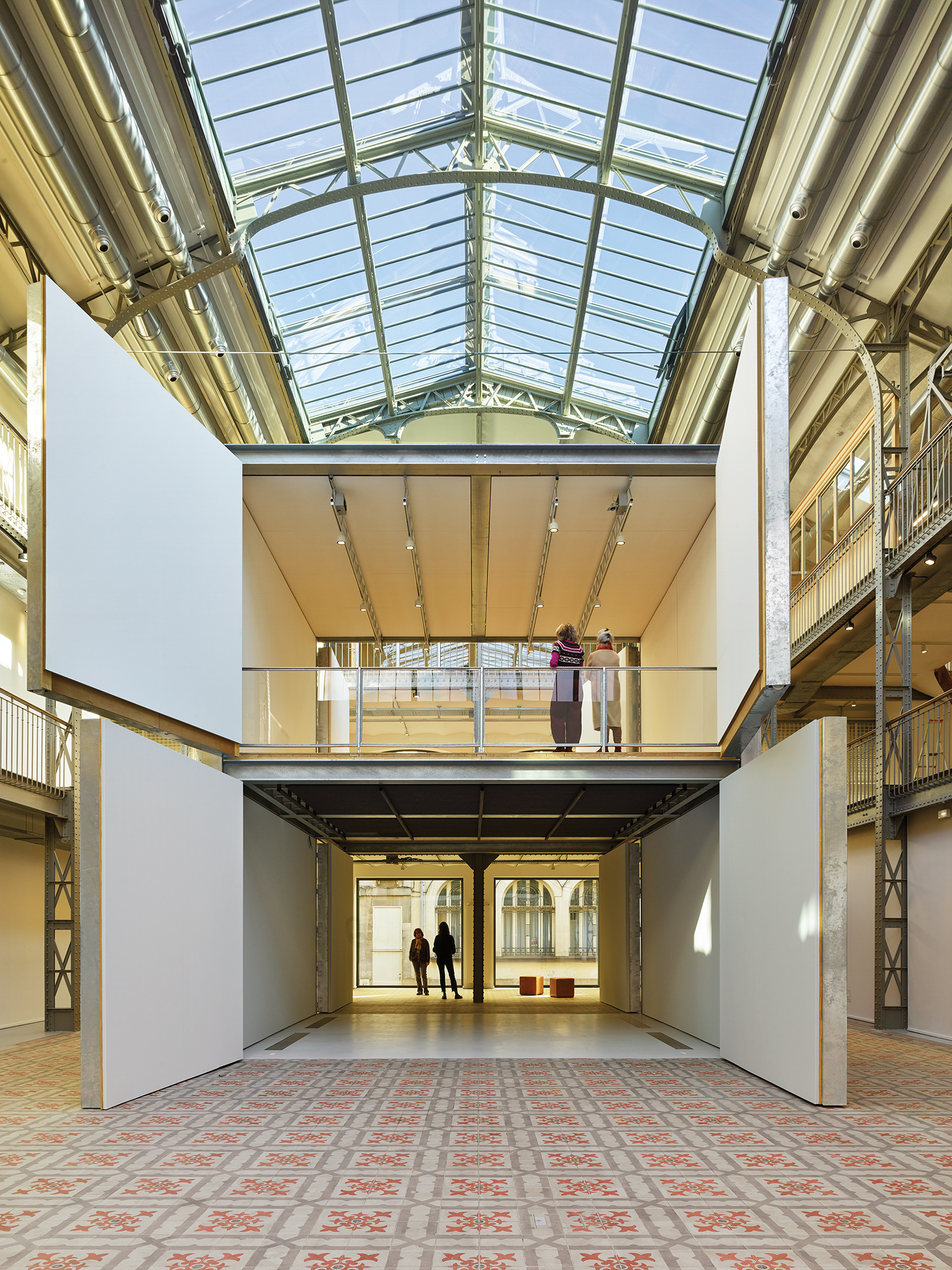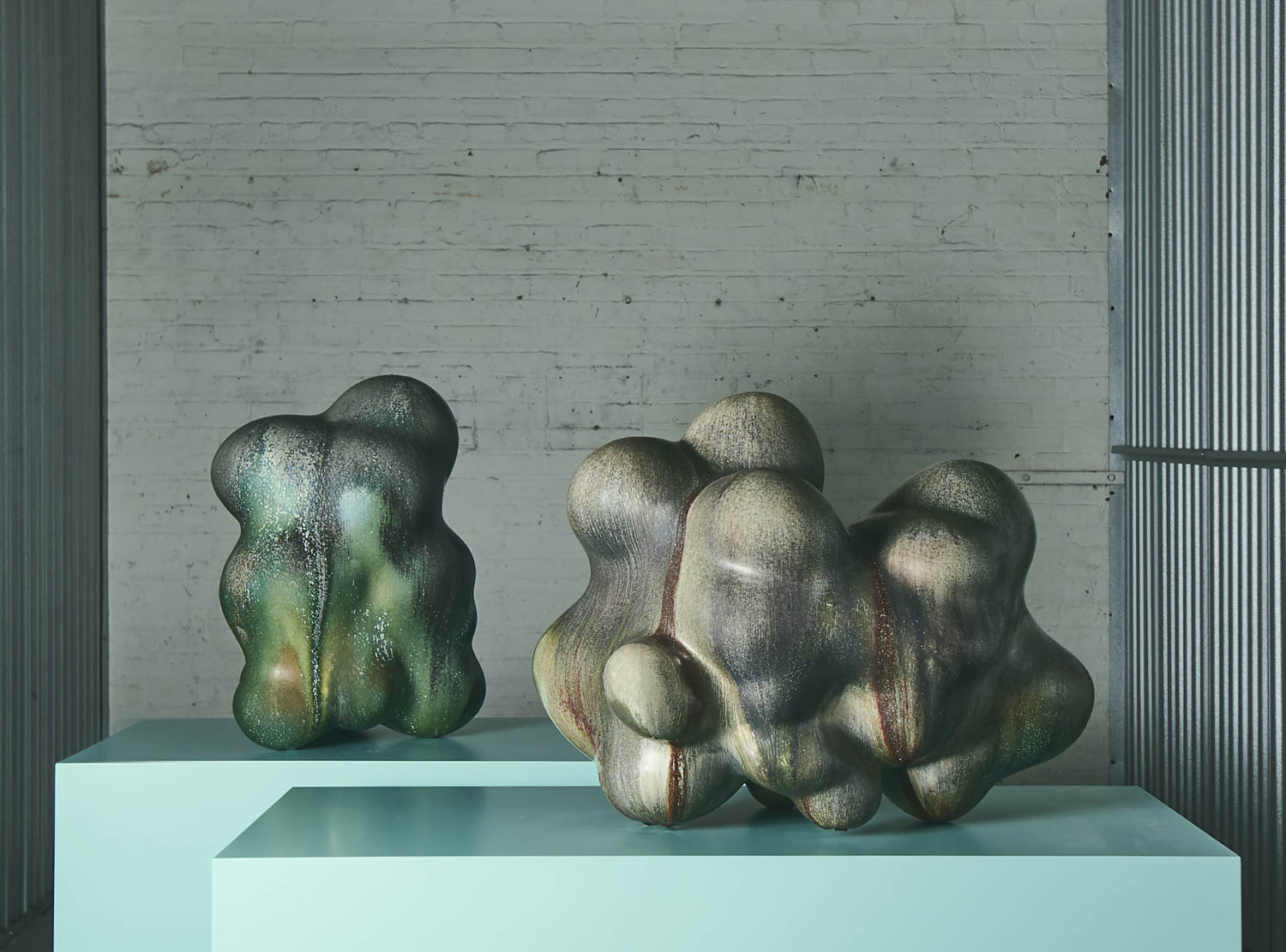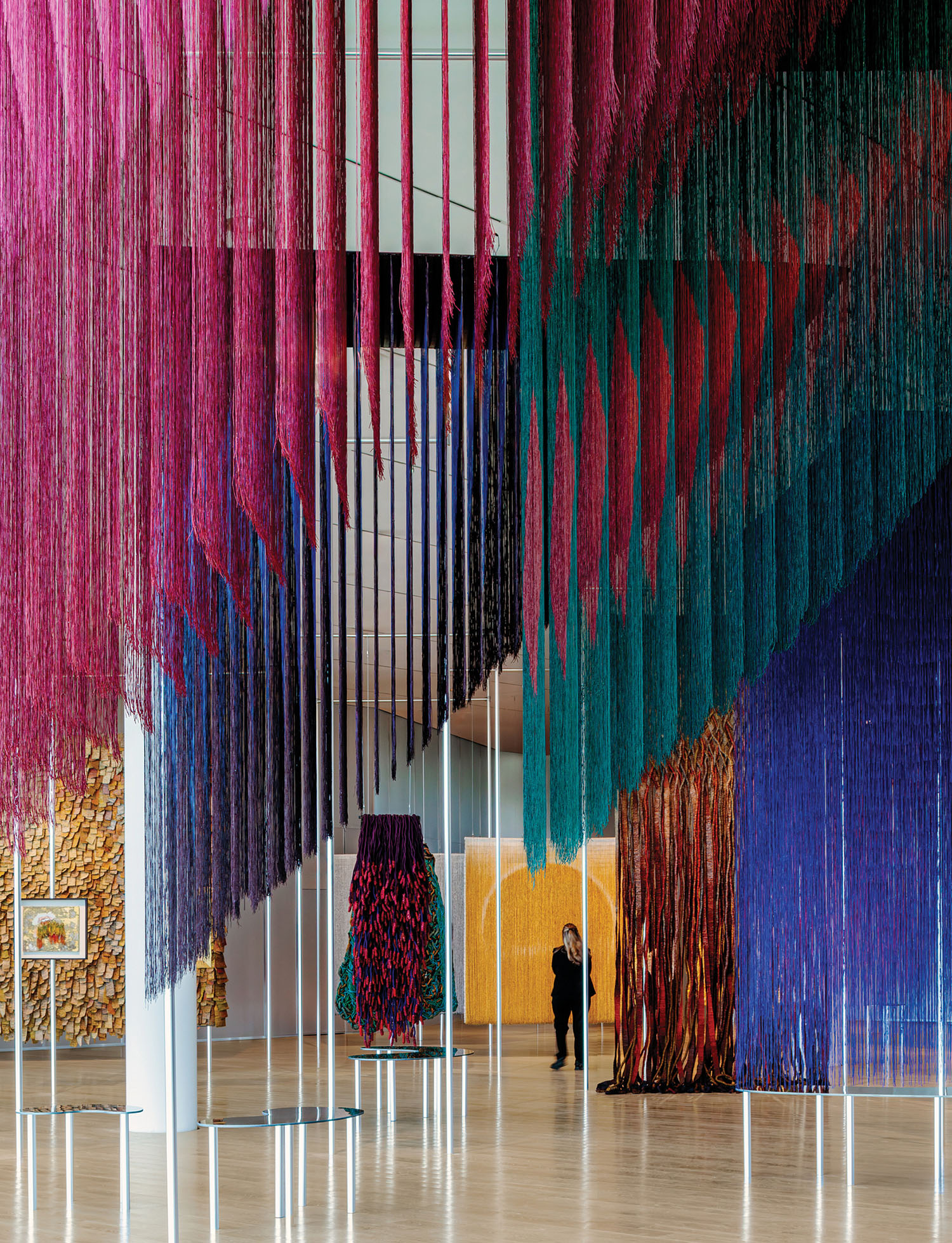Huntington Library Spotlights the Impact of Japanese Architecture on Greene & Greene
Greene & Greene, the famed architect-brother duo behind iconic Arts & Crafts residences in California, in many ways paralleled Japanese Mingei architecture by looking to traditional Japanese homes as inspiration—except through the lens of industrialization. Notably, the duo’s consistent use of wood trellising in the early 20th-century demonstrates the connection to Mingei, a Japanese folk design movement in the 1920s and 30s. So perhaps it’s not surprising that over 40 years ago, after both movements had passed, Yasuhiro Ishimoto, a photographer working for Japanese design magazine Approach, took notice by capturing 1,000 images of the brothers’ residential designs, including 600 of the famed Gamble House alone.
To celebrate Ishimoto’s relationship to the Greenes, San Marino, California’s Huntington Library presents “Yasuhiro Ishimoto: Bilingual Photography and the Architecture of Greene & Greene,” on view June 18 through October 3. No less than 46 of the black-and-white Gamble House photographs will be showcased beside six of the rarely snapped 17th century Katsura Imperial Villa in Japan. The show highlights the stylistic overlap the photographer sensed between two cultural realms, the influence of traditional Japanese work on American design during its early industrialization, and, in turn, on Japan’s own industrial period following World War II.
Ishimoto himself toes a line between the two cultural environments; though born in San Francisco he was raised in Japan, later returning to the West Coast for his college education. Introduced to the pair’s work by his colleague Tsune Sesoko, his work emulates the 10 features she proclaimed in a 1957 essay analyzing the influence: “1) flexibility of space; 2) use of sliding doors; 3) use of large windows; 4) closets with sliding wood doors; 5) wood boards with natural grains; 6) simple and bold lines of projected beams and gabled roof; 7) sloped eaves to control seasonal sunlight; 8) ventilation in the attic and under floor; 9) wooden post-and-beam structure; and 10) built-in furniture.” All of these features, common to traditional Japanese residences, made their way into the Southern California designs, but with an Americanized twist. Ishimoto draws them out through intimate portraits, capturing detail with the same personal sense of attention that the architects paid.
The Gamble House is now in its fiftieth year as a museum operated by the University of Southern California, standing as a testament to the cultural endurance of “Japanesque” folk architecture.


